On 19 March 1790 HMS Sirius, flagship of the First Fleet, was wrecked off the reef at Slaughter Bay on Norfolk Island. Because of her role as the flagship, it is now arguably Australia's most important shipwreck site. Approximately 6,000 artefacts were recovered during official Expeditions between 1983 and 2002. This collection, on permanent display in the HMS Sirius Museum, represents the most significant display of First Fleet cultural heritage material held any where in Australia and its Territories.


Brass oval Wall Fittings and Stove Leg
An oval fitting with a stamped patera design may have been a curtain tie-back, a cloakpin for hanging hats or even a decorative support for a mirror . The Officers’ cabins sometimes had small stoves fitted to provide heating. This ornately engraved brass stove leg, along with beaded fascia strip, would have come from the stove in the Officers’ quarters.
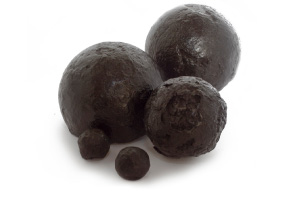
Cannon balls
A variety of ammunition was found on the Sirius wreck site. Two groups of shot can be isolated based on the size of the balls: one with a diameter range of 85mm to 94mm and the other 127mm to 131mm. Both would have been suitable for 6-pounder guns. Iron shot would suffer some degree of corrosion on board ship, marginally reducing the size of the larger shot over time. The larger shot weights correspond with the size of shot required for 18-pounder carronades.
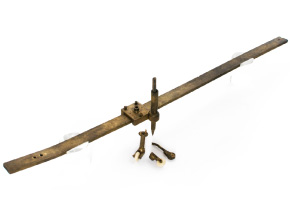
Brass Pantograph
A pantograph is a scientific instrument used to make accurate scale copies of charts, maps and plans. As it has a wide range of uses it could be used by a surveyor, cartographer or engineer. Fortunately, enough pieces of the brass pantograph were retrieved to reconstruct it with some degree of accuracy although it is not known whether it was privately owned or part of the ship's inventory.
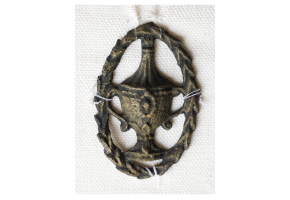
Brass Furniture Fitting
A delicate cast brass furniture fitting represents a classical urn surrounded by an oval wreath of laurel leaves. The attachment on the reverse has corroded away, but is likely to have been a screw, enabling the fitting to be fastened as a mount to a piece of furniture or to the wall.
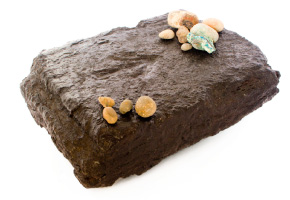
Iron Ballast Pigs and Shingle Ballast
210 concreted pieces of pig iron ballast were located on the wreck site. The shingle ballast was laid on top of the iron ballast and formed a bed into which the casks of provisions could sink. The shingle ballast from the Sirius consisted of flint pebbles typical of the stones found in the River Thames. For each ton taken on board, British ships were bound to pay the corporation of the Trinity House one shilling and three pence.
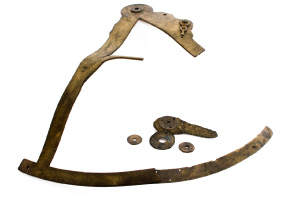
Brass Sextant
The sextant is the most convenient and accurate hand instrument yet devised for measuring angles, whether horizontal, vertical or inclined. By measuring the angular distance between the Moon and the Sun, or a fixed Star, early navigators were able to determine the longitude of a place. According to Admiralty instructions, ships' officers and the master were expected to provide their own navigation instruments, charts and nautical books. This piece could well have belonged to one of the officers.




